Graphic design for advertisement emerged as a key player in the advertising industry during the early 20th century, revolutionizing how products and services were communicated to potential consumers. Initially dominated by classic and straightforward designs, today, the field offers an overwhelming array of styles and techniques. Regardless of the approach, graphic design for advertisement aims to capture attention and effectively convey a brand's message. Although some may initially think of it as purely functional and somewhat impersonal, it can be both creative and engaging--and is currently experiencing a vibrant evolution. Enhance your advertising campaigns with the following graphic design strategies and create impactful advertisements.
Visual hierarchy
Visual hierarchy in graphic design serves as the backbone for effectively guiding a viewer's attention, ensuring the advertisement's message is communicated clearly and efficiently. Designers meticulously manipulate size, color, contrast, alignment, and space to prioritize elements, such as brand names and call-to-action buttons, directing the flow of information from most to least important. For instance, a bold, oversized headline at the top of an ad immediately captures attention, followed by a slightly smaller subheading to provide context, while images and colors, contrasting with the background, draw the eye towards specific focal points. Proper use of white space allows breathing room for the elements, making the design more navigable and the content more digestible, ultimately enhancing viewer engagement and conversion rates.
Brand identity
Graphic design for advertisement plays an integral role in shaping and reinforcing brand identity by creating visually compelling narratives that can resonate with the target audience. Every color, font, and layout choice made in a design piece contributes to a cohesive representation of a brand's essence, ensuring that the audience can immediately recognize and associate the visuals with the brand's core values and messaging. Immersive elements such as logos, typography, and imagery are meticulously crafted and integrated to maintain consistency across various platforms, thereby solidifying the brand's presence and enhancing recall value among consumers. The strategic use of elements such as whitespace enhances focus on key messages, directing attention where it matters most whilst aligning with the brand's overarching identity strategy, ultimately influencing consumer perception and fostering brand loyalty over time.
Typography choice
Typography choice serves as a powerful tool in advertisement graphic design, influencing both the readability and aesthetic appeal of the message by reflecting the brand's tone and personality. Designers select fonts with precision, opting for serif types to convey tradition and reliability or sans-serif for modernity and clarity. The interplay of font size, line spacing, and weight significantly affects the viewer's response, with bolder and larger fonts grabbing attention swiftly while finer, more delicate typography encourages a closer and more engaged interaction. Additionally, the strategic use of contrasting typefaces can create a hierarchy within the advertisement, guiding the viewer's eye seamlessly across important messages, ensuring the key points remain memorable and impactful.
Color palette
A well-curated color palette in advertisement graphic design significantly influences consumer perception and decision-making, utilizing color psychology to evoke specific emotions or associations. For instance, blue often conveys trust and reliability, making it an ideal choice for financial institutions or tech companies, whereas red can stimulate excitement and urgency, perfect for limited-time offers or sales. Balancing contrasting colors, such as a vibrant yellow against a muted gray, creates both visual interest and readability, directing attention to key elements like call-to-action buttons or brand logos. Ensuring harmony within a color scheme reinforces brand identity consistently, employing variations of a dominant hue across digital and print platforms to maintain a cohesive look that resonates with target audiences, fostering brand recognition and loyalty over time.
Target audience
Understanding the target audience is paramount in crafting impactful graphic designs for advertisements, as it forms the backbone of the visual and thematic elements that will resonate most effectively with potential customers. Designers start by delving into demographic factors such as age, gender, location, and economic status, which help to shape the aesthetic and messaging strategy of the advertisement. Detailed psychographic analysis offers deeper insights into the audience's interests, values, and lifestyle, guiding the selection of imagery, color schemes, and typography that align with their preferences and habits. Every component, from nuanced visual cues to the overall layout, is strategically chosen not merely to capture attention but to foster an emotional connection, ultimately driving engagement and conversion within that specific audience segment.
Composition balance
In the realm of graphic design for advertisement, composition balance is paramount as it dictates how visual elements are distributed to create a sense of harmony and equilibrium. Achieving this involves the strategic arrangement of text, images, and negative space, ensuring no one area of the advertisement overpowers another. Designers often employ the rule of thirds, symmetrical or asymmetrical balance, and contrast to guide the viewer's eye seamlessly through the advertisement, creating a visually cohesive and compelling message. Balancing weight through size, color, and texture further enhances the viewer's engagement, fostering an effective communication of the brand's narrative or message.
Call to action
The effectiveness of graphic design in advertisements largely hinges on a potent call to action (CTA), which acts as the linchpin for engaging an audience and driving user response. Designers meticulously select typography that conveys urgency or exclusivity, making phrases like "Buy Now" or "Limited Offer" impossible to overlook. The use of contrasting colors and strategic placement ensures that the CTA stands out, guiding the viewer's eye in a seamless transition from the allure of the imagery to the compelling urge to interact. Moreover, by integrating dynamic elements such as icons or animations, the design not only captures attention but also subtly reinforces the desired action, anchoring the CTA as a memorable focal point amidst the visual narrative.
Image resolution
In graphic design for advertisements, image resolution is a critical component that determines the clarity and quality of the visual content presented to the audience. High-resolution images are essential, as they prevent pixelation and ensure that the intricate details and textures of the design remain sharp and appealing, regardless of the size of the advertisement. A resolution of at least 300 dots per inch (DPI) is typically recommended for print media to meet professional industry standards, thus ensuring that the images look crisp and vivid when printed on billboards, flyers, or magazines. Attention to resolution also involves understanding the relationship between image size and file format, balancing larger file sizes with the need for quick loading times without sacrificing quality, especially in digital advertisements like social media or online banners, where speed and clarity are paramount.
Marketing message
Graphic design in advertisement necessitates a meticulous distillation of the marketing message into visually compelling elements that resonate deeply with the targeted audience. Designers employ color psychology, typography, and imagery to evoke specific emotions and associations, ensuring the core message aligns seamlessly with the brand's voice and tone. Symbolism is leveraged strategically, allowing visual metaphors to communicate complex concepts succinctly and persuasively without inundating the viewer with excessive information. Every graphical component, from layout to iconography, is purposefully selected to guide the viewer's attention, facilitating not only immediate comprehension but also long-term retention of the marketing message, often achieving this through minimalistic elegance or bold statements, depending on the campaign's objectives.
Design elements
Graphic design for advertisements intricately weaves together essential design elements like typography, color, imagery, and layout to create captivating visuals that resonate with target audiences. Typography involves selecting appropriate typefaces and arranging them in a way that captures attention and enhances readability, while color choices are pivotal in evoking emotions and associations aligned with the brand message. Imagery, encompassing illustrations, photographs, or digital elements, must be carefully curated to complement the theme, maintain consistency with the brand identity, and draw the viewer's eye to focal points. Effective layout and composition ensure a balance and harmony among elements, guiding the viewer through the ad in a manner that highlights the call to action, thus maximizing the advertisement's impact and retention in the consumer's mind.









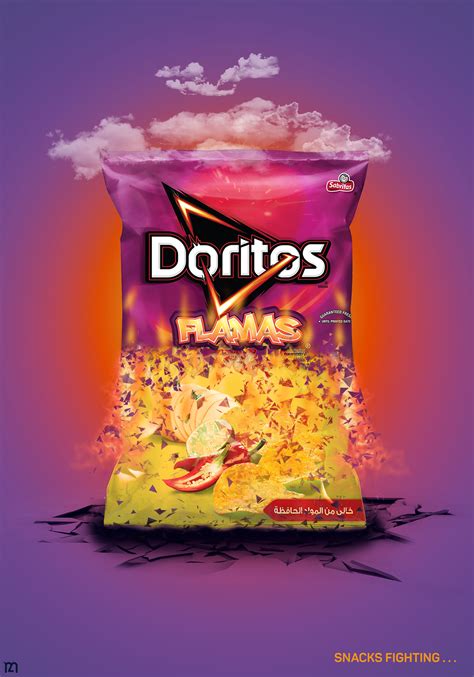

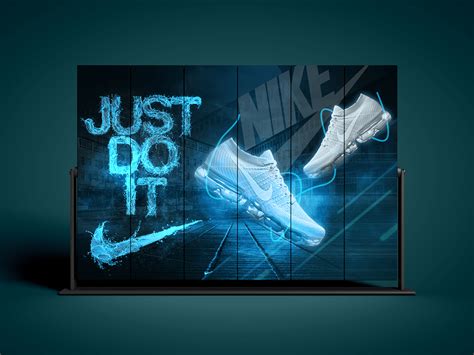
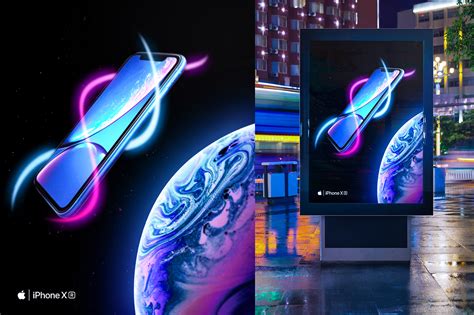
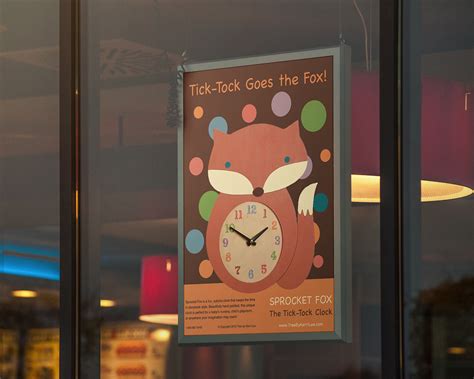



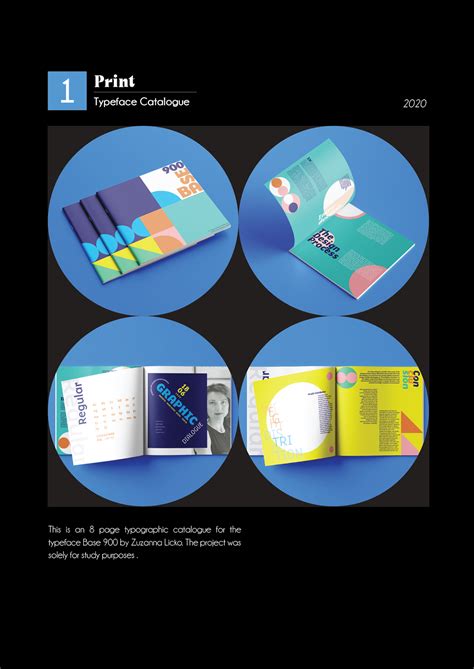
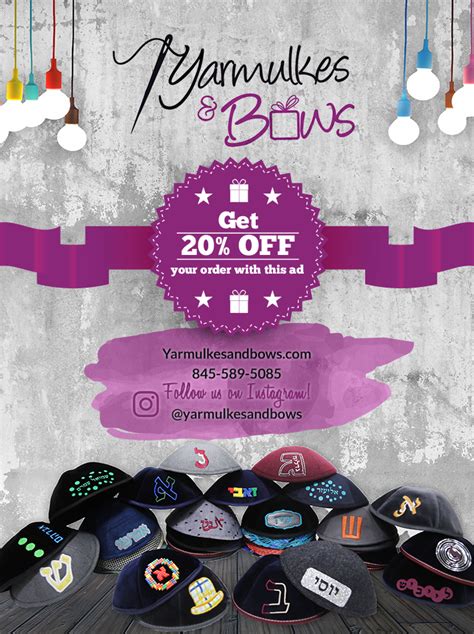



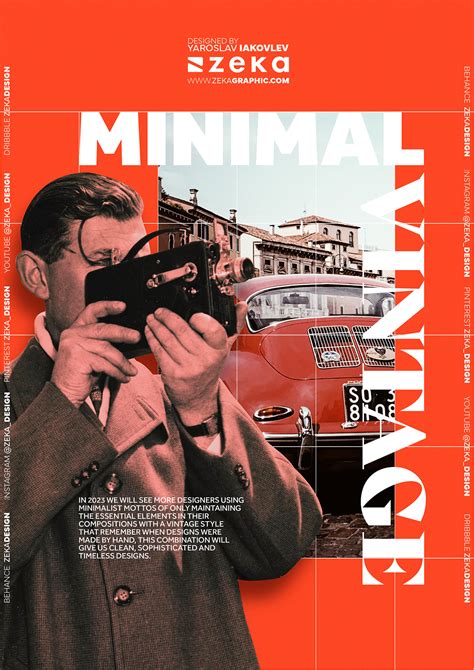


Leave a Reply
Your email address will not be published.